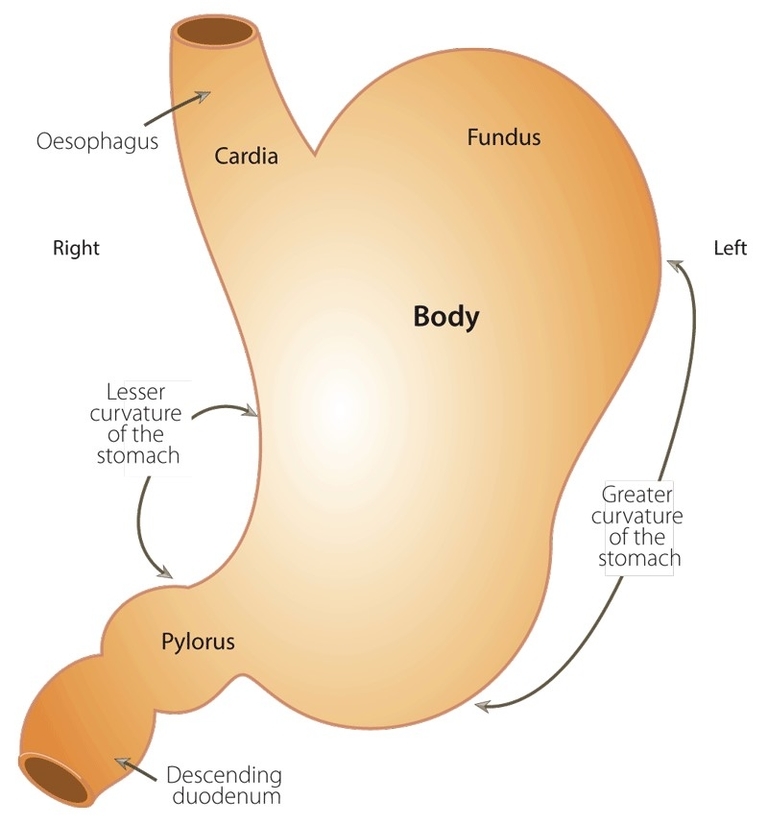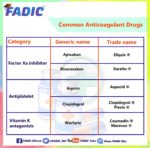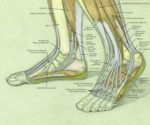Stomach Anatomy
The stomach is a crucial organ in the digestive system, located in the upper abdomen on the left side of the body. It is a J-shaped organ that lies between the end of the esophagus and the start of the small bowel (duodenum).
Parts of the Stomach
The stomach’s anatomy is complex, consisting of four parts:
1. Cardia: The area around the opening where the esophagus connects to the stomach.
2. Fundus: The upper part of the stomach that is highest when the body is in the upright position.
3. Body (Corpus): The main, central region of the stomach.
4. Pylorus: The lower part of the stomach that facilitates emptying the contents into the small intestine.
Function of the Stomach
The primary function of the stomach is to digest food and send it to the small intestine. It temporarily stores food, contracts and relaxes to mix and break down food, and produces enzymes and other specialized cells to digest food.
Microscopic Anatomy
When the stomach is empty, the inside has small folds called rugae. Rugae allow the stomach to expand to accommodate large meals.
Blood Supply and Innervation
The stomach receives its blood supply mainly from the celiac trunk. Innervation is provided via the vagus nerves and the celiac plexus.
Interaction with the GI Tract
The stomach works with the rest of the GI tract to break down food and liquid and carry it through the body. During the digestive process, the body absorbs nutrients and water, and then expels the waste products of digestion through the large intestine.
Conclusion
The stomach plays a vital role in the digestive system, breaking down food and passing it to the small intestine for further digestion and absorption. Its complex structure and function allow it to efficiently process the food we eat, contributing to our overall health and well-being..



